Thirty years ago, the Dervaes family brought a little country to the city. Living in Pasadena, just 15 minutes from downtown LA, a father and his three kids created an urban homestead on their 4,000-square-foot lot (one-tenth of an acre!) located within spitting-distance of a major freeway intersection. Today, the independent family-operated farm harvests more than 6,000 pounds of organic vegetables, seasonal fruits and edible flowers annually. Whatever doesn’t make it to their dinner table gets sold on their front porch for roughly $20,000 a year.
Across town from the Dervaes, the Colemans grow food in just 30-inches of space—and, get this, without much water or any soil. Two years ago, while in Santa Barbara, Wendy Coleman came across a five-foot-tall vertical garden and bought one as a birthday gift for her daughter. The cylindrical Tower Garden—as she discovered it was called—was invented by Tim Blank using aeroponic technology to grow up to 44 fruits and vegetables faster (as little as 28 days for some veggies!) and using 90 percent less water than conventional organic farming. The base of the tower holds 20 gallons of water along with a liquid nutrition solution that filters upward via a pump (powered by an electrical outlet) through the center of the column to continuously mist roots all day. Talk about a low-maintenance meal-ticket!
One vertical aeroponic garden led to another and another, and before Wendy knew it, she and her three children had launched a rooftop business called LA Urban Farms. Today, LA Urban Farms grows food for local restaurants, including 880 edible plants for celebrity chef Helen Cavallo. The Colemans have also brought these unique gardens, which cost $525 each, to hundreds of residential homes and corporations across the U.S., including actress Jessica Alba’s Honest Company in Santa Monica and the Bellagio in Las Vegas, as well as schools, like P.S. 55 (coming this summer) in the South Bronx.
Impressive and inspiring as the Dervaes and the Colemans are, you might prefer to start a little smaller. To start your own organic garden in the space you have, follow this step-by-step plan from George Pessin, an L.A. County certified master gardener who works with many local schools and is an expert on edible gardening.
1. Become a location scout. Take a look at your options—whether it’s your backyard, patio, balcony or terrace—and figure out the ideal home for your mini farm. “You want an area that gets southern exposure so your garden can soak in sunlight all day,” Pessin recommends. “Plants, especially fruits, need six to eight hours of sunlight every day. If you don’t get that much sunlight, then you’re limited to growing leafy vegetables.”
2. Get in gear. Overalls are not required for the job. The modern-day farmer can wear whatever they want, including old yoga pants. The other items you’ll need: gloves, a hand shovel, and a good pruner or scissors for harvesting.
3. Pick your planting style. There are three types of gardens: traditional (in the ground), containers (pots and planters), and raised beds (3- to 4-foot high beds raised up to waist-height). “We recommend doing all three and utilizing your space to grow as much as you can. If you have a house, maybe you can have a raised bed in one area, an in-ground garden along a fence or the hedges, and some fruit trees in large containers on your deck,” Pessin says. If you have less room to grow, here are some ways to go:
*In-ground garden: A square space of four-by-four-feet is a perfect start, Pessin says. “You can get to everything from either side when it’s that small,” he says. Add compost and manure to your existing soil and lay it out flat. Pick up some transplants from a nearby nursery and plant those in your garden about a square-foot apart, which comes out to 16 plants altogether. Tomatoes and cabbage, however, need about two-square-feet each, so always double check the seed packet instructions before you put them in the ground.
*Raised beds: These keep the garden looking neat and make it easy to maintain and minimize pests. The tricky part here is that you need to build the bed box using redwood planks for the sides and ends. A manageable size that’s large enough to produce a substantial amount of harvest is typically four by eight feet. Bed depth should be about 12-inches to three-feet-tall, depending what you plan to grow.
*Containers: If you live in an apartment, for example, containers may be your only option. With container gardening, there are a few simple rules: “You don’t want pots that are too small because plants will dry out. A nice minimum size would be 12 inches by 12 inches. Avoid dark-colored pots that will attract sunlight and make it so hot you could fry your roots,” Pessin says. “Also with containers, you must use potting soil that you can buy at any landscape store. Soil from the ground would be too dense and hard.”
4. Start with fool-proof plants. One of the best ways to guarantee that you’ll stick to a new hobby is to see success early. If patience isn’t your strong suit, you can enjoy the fruits of your labor in as little as 30 days with leafy vegetables like lettuce, arugula, spinach, and basil. “These don’t have a lot pest or disease problems. You just plant the seeds and let them grow,” Pessin says. “We also like to start our school kids with radishes, which grow in 30 days.” If you can play the long game, tomatoes and baby carrots can take up to 90 days. Foot-long carrots will take up to 120 days. If you put in the work this May, you’ll be biting into your bounty by mid-to-late summer.
5. Keep it all in the family. Don’t be a home-wrecker: Keep plants that are in the same categories together. “Plants from the same family will have the same sun needs, same water needs, and same nutritional needs,” Pessin says. “Also, at the end of the season, you will want to rotate your crops. You don’t want to plant the same crop in the same place year after year. Certain pathogens and pests will know where that plant is and will lay their eggs in the soil,” he warns. Rotate the families clockwise every season. Use Pessin’s chart below as a guide.
*Cool weather family (can be grown through the winter in Southern California)(Italics) are contrary to the rule
6. Watch your food grow—literally. Once you are all set up, maintaining your garden—watering, monitoring for pests and disease, weeding, and harvesting—can take one to two hours a week. A common mistake Pessin sees is that people tend to overwater or underwater their crops. For this, he recommends the shovel, or finger for containers, test. “Put your shovel or finger in the soil and see if it’s wet or dry and then you know what to do next.” One way to keep your plants hydrated during hot summer months is to mulch your bed, which means use decomposed bark to trap moisture in the soil and cut down on evaporation. “Water the bed and then put down a layer of mulch, about two- to three-inches. Plants will stick out from the mulch. This will allow you to water about 50 percent less.”
| Botanical Family | Common Name | Edible Members |
|---|---|---|
| Alliaceae* | Allium or Onion family | chives, onions, scallions, shallots, garlic, leeks |
| Amaranthaceae or Chenopodiaceae* | Amaranth or Beet family | amaranth, beet, chard, spinach, epazote, quinoa |
| Apiaceae or Umbelliferae* | Carrot or Dill family | angelica, anise, caraway, carrot, celery, chervil, cilantro, cumin, dill, fennel, lovage, parsley, parsnip |
| Asteraceae or Compositae* | Aster, Daisy, or Sunflower family | artichokes, cardoons, chicory, endive, escarole, lettuce, raddichio, (sunflowers), jerusalem artichokes shungiku, dandelion |
| Brassicaceae or Cruciferae* | Brassica, Cabbage, or Mustard family | arugula, bok choy, broccoli, brussels sprouts, cabbage, cauliflower, kale, kohlrabi, mustard, radish, rapini, rutabaga, tat soi, turnip |
| Cucurbitaceae* | Cucumber, Gourd, Melon, or Pumpkin family | cucumber, chayote, melon, pumpkin, squash, watermelon |
| Fabaceae or Leguminosae* | Legume Family | (beans), peas, (peanuts), fava beans, soybeans, lentils |
| Lamiaceae* | Mint Family | (basil), mint, rosemary, sage, marjoram, oregano, thyme |
| Poaceae or Gramineae | Grass Family | barley, bamboo, corn, rice, rye, sugarcane, wheat |
| Solanaceae | Nightshade, Potato or Tomato Family | eggplant, (potato), tomato, pepper |
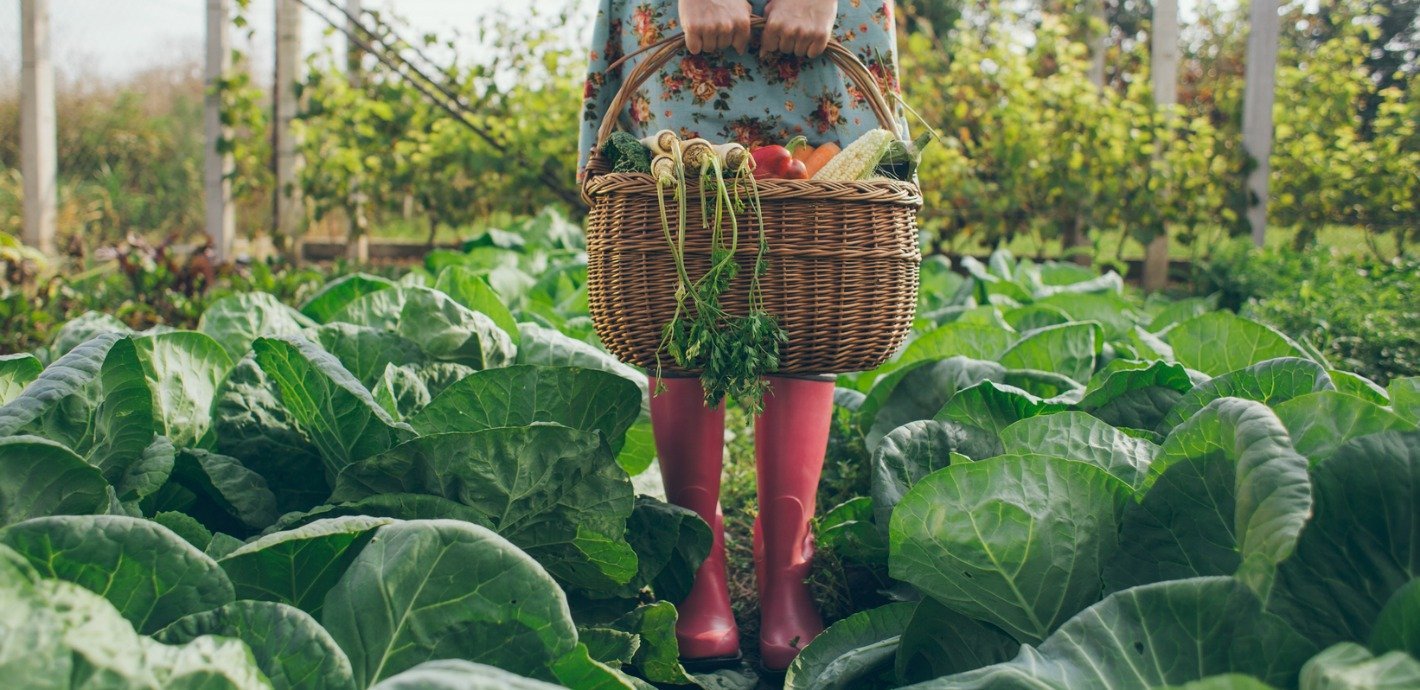

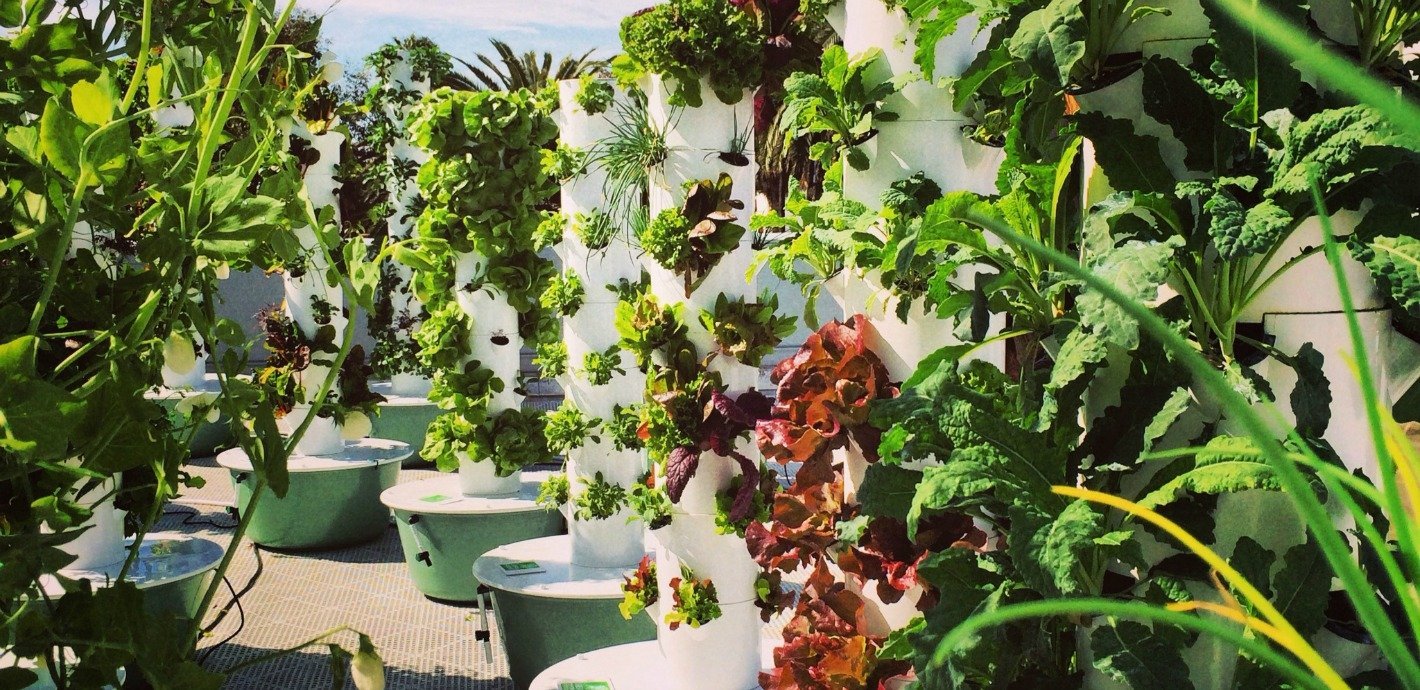
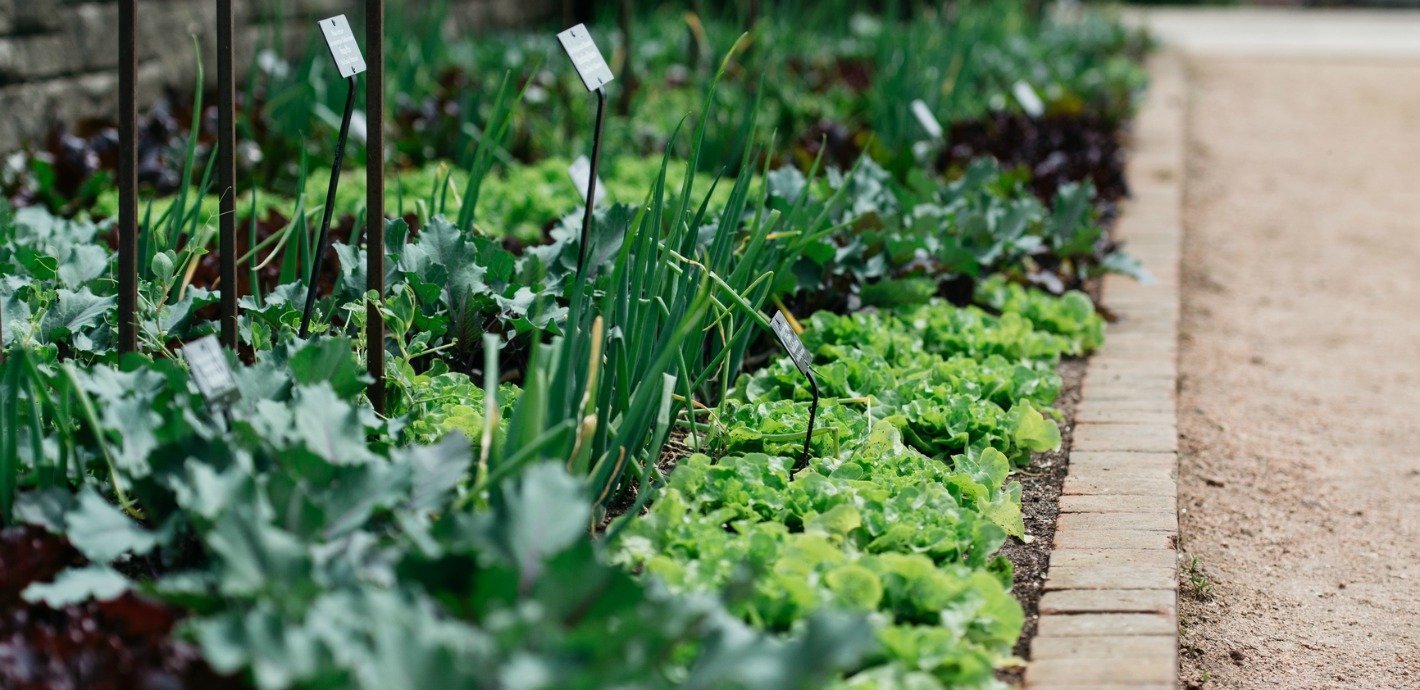
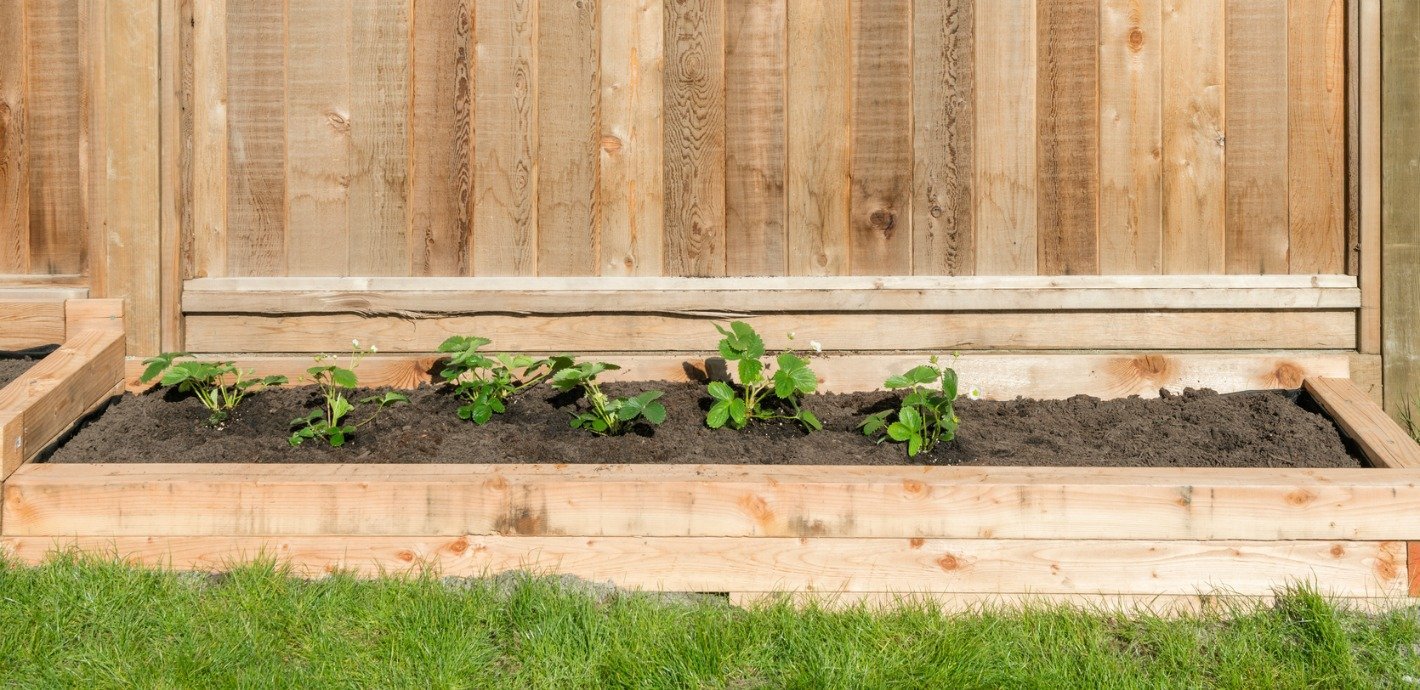

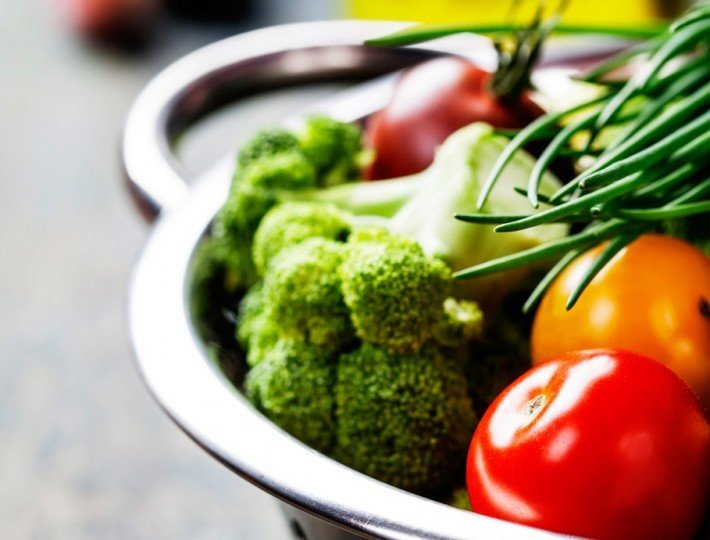
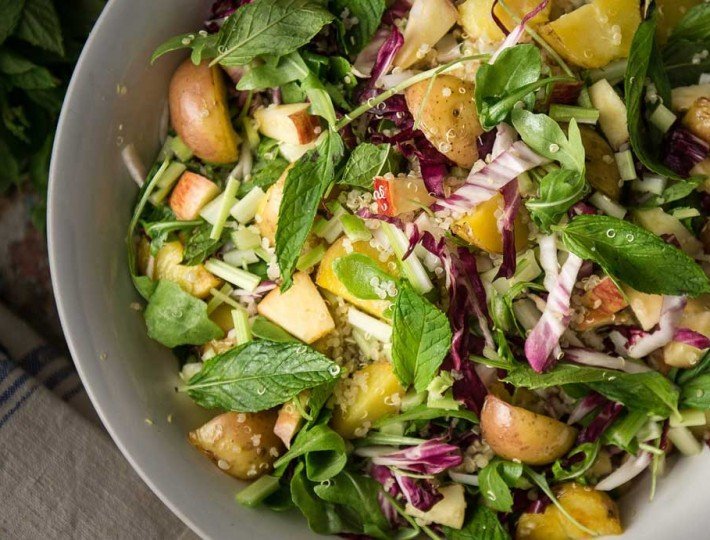
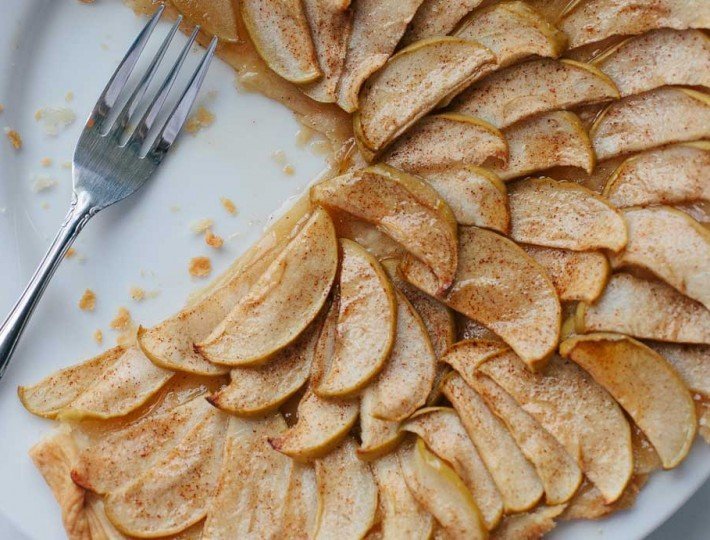







Comments (0)